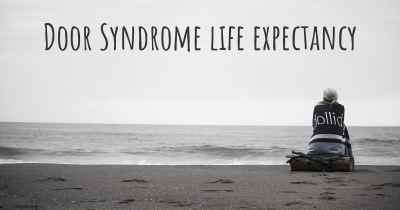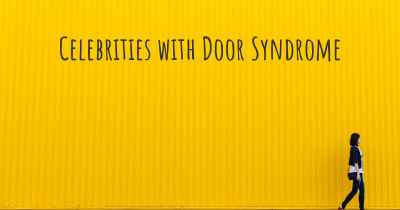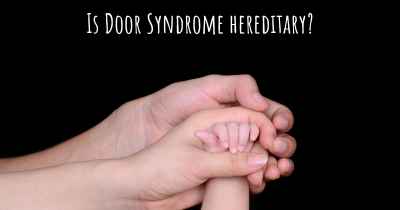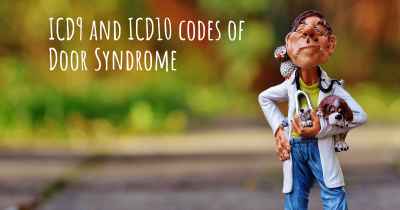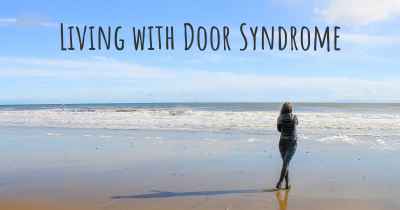Is it advisable to do exercise when affected by Door Syndrome? Which activities would you suggest and how intense should they be?
See if it is advisable for people with Door Syndrome to practice sports and which ones are the most recommended if you have Door Syndrome

Door Syndrome is a condition that affects the inner ear and can cause symptoms such as dizziness, vertigo, and imbalance. It is important to consult with a healthcare professional before starting any exercise regimen if you are affected by Door Syndrome. They will be able to provide personalized advice based on your specific condition and medical history.
That being said, in many cases, exercise can be beneficial for individuals with Door Syndrome. Regular physical activity can help improve balance, reduce dizziness, and enhance overall well-being. However, it is crucial to choose the right types of exercises and perform them at an appropriate intensity to avoid exacerbating symptoms.
Low-impact exercises are generally recommended for individuals with Door Syndrome. These activities are gentle on the joints and minimize the risk of triggering dizziness or vertigo. Some suitable options include:
- Walking: Walking is a great low-impact exercise that can be easily incorporated into your daily routine. Start with shorter distances and gradually increase your pace and duration as tolerated.
- Swimming: Swimming is a fantastic option as it provides a full-body workout without putting stress on the joints. The buoyancy of water can also help alleviate symptoms of dizziness.
- Cycling: Cycling, whether outdoors or on a stationary bike, is a low-impact exercise that can improve cardiovascular fitness and leg strength. Start with shorter sessions and adjust the intensity as needed.
- Yoga: Yoga combines gentle movements, stretching, and breathing exercises, which can help improve balance, flexibility, and relaxation. Look for classes or videos specifically designed for individuals with balance issues.
When starting an exercise program, it is important to begin at a comfortable intensity and gradually increase it over time. This allows your body to adapt and reduces the risk of triggering symptoms. Listen to your body and take breaks as needed.
Balance exercises are particularly beneficial for individuals with Door Syndrome. These exercises focus on improving stability and reducing the risk of falls. Some examples include:
- Single-leg stands: Stand on one leg while holding onto a stable surface for support. Gradually increase the duration as your balance improves.
- Heel-to-toe walk: Walk in a straight line, placing the heel of one foot directly in front of the toes of the other foot. Use a wall or railing for support if needed.
- Balance board exercises: Using a balance board or wobble board can help improve proprioception and stability. Start with basic exercises and progress to more challenging ones as your balance improves.
Remember to always warm up before exercising and cool down afterward. This can help prevent muscle stiffness and reduce the risk of injury. If any exercise causes significant dizziness, lightheadedness, or discomfort, stop immediately and consult with your healthcare professional.
In conclusion, exercise can be beneficial for individuals with Door Syndrome, but it is important to consult with a healthcare professional and choose appropriate activities. Low-impact exercises such as walking, swimming, cycling, and yoga are generally recommended. Additionally, incorporating balance exercises into your routine can help improve stability. Start at a comfortable intensity and gradually increase it over time, while listening to your body and taking breaks as needed.
